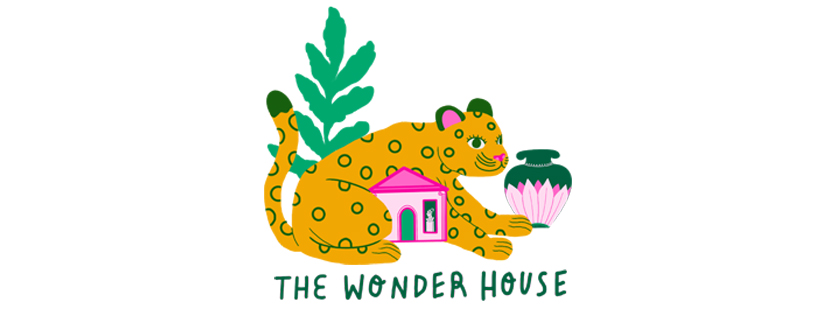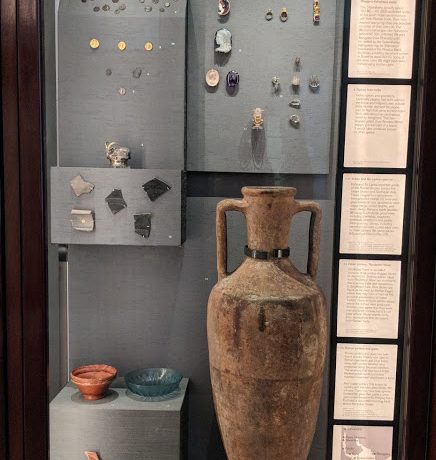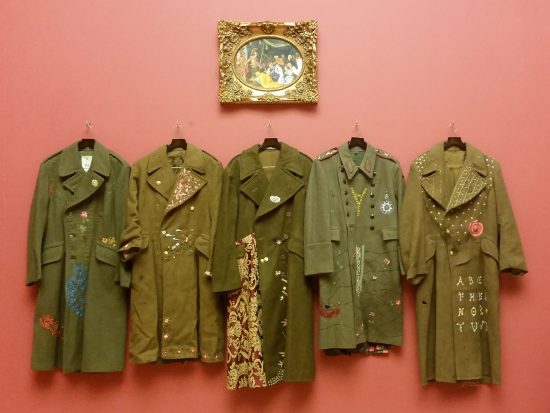We covered 1371 miles during our journey to the Western Isles and as we left the plains of England and passed through the Lake District and Highlands the scenery grew more ruggedly beautiful and more breathtaking.
On the way to the Hebrides, we had to reach Uig in Skye to catch our ferry to Tarbert, Isle of Harris, and on the way back, we needed to collect our daughter, so we didn’t have much time to dawdle. It became something of a running joke to spot sites that we couldn’t stop and visit. Lake District? Gretna Green? Glasgow? Loch Lomond? Fort William? Glencoe? Memorial to David Stirling (founder of the SAS)? Stirling Castle? Culloden battlefield? Drove by them all. Service stations, on the other hand, we saw a lot of.
- Driving through the Lake District
- More Lake District
- Scotland!
On the way to Lewis, we spent one night at the Travelodge in Glasgow Cumbernauld. This was the view from our room. It has to be in the running for the least inspiring view, ever.
The views as we drove through the Highlands the next day more than made up for it.
Uig, Isle of Skye
We passed through fog crossing the bridge to Skye. My abiding memory of the island, aside from truly breathtaking scenery, is of being stuck behind caravan after caravan along the winding roads. We had hoped to stop in Portree for lunch, but it was so busy that even after driving around for almost half an hour, we couldn’t find any parking. So, we pressed on to Uig and found not only sustenance to go with the scenery, but a local pottery selling all manner of things, including model highland cows.
- Picturesque
- Lobster pots (empty)
- Leaving Uig for Lewis
- Uig Pottery
- Highland cow!
- Pottery painting in action
We came across a rather unexpected memorial. According to the inscription, Edward VII and Queen Alexandra landed at the pier - from which we later departed - and visited Uig in 1902. So, there you go.
Lews Castle
Lews Castle was still being renovated when I first visited in 2016. The site was originally occupied by Seaforth Lodge, which was built by the 4th Earl of Seaforth in the late 17th century. The 4th Earl’s descendant, the 1st Earl of Seaforth (I know; it’s complicated), was Colin Mackenzie’s patron and helped him to obtain a commission with the East India Company Army in 1783.
Between 1844 and 1851, Sir James Matheson (1796-1878) built Lews Castle on the site previously occupied by the Lodge. Like Mackenzie, Matheson was born in Scotland before travelling to India, but here the similarities end. Matheson, with his partner William Jardine (1784-1843),* formed the company Jardine Matheson & Co. and they made their fortune in the lucrative trade with India and China which included opium. This wealth enabled Matheson to buy the whole of Lewis and build Lews Castle. Lord Leverhulme later purchased Lewis and, some years later, gifted the island and the castle to the Parish of Stornoway. Following this transfer of ownership, the castle was used for different purposes, eventually falling into disuse. It was only in 2011, thanks to a generous HLF grant, that the castle was repurposed and refurbished as a museum and archive, with associated facilities.
* An interesting aside: Jardine had a long business relationship and friendship with Sir Jamsetjee Jejeebhoy (1783-1859). Jejeebhoy was a prominent Parsi-Indian businessman and philanthropist who founded, among other things, the Sir Jamsetjee Jejeebhoy School of Art in Mumbai. The company Jardine Matheson & Co., now Jardine Matheson Holdings Ltd., remains one of the most successful companies in the world.
It is here, in Museum nan Eilean, that the Collector Extraordinaire exhibition can be seen.
- Lews Castle, with Museum nan Eilean in front
- View from Museum nan Eilean
- From the side of Lews Castle
- From the side of Lews Castle
The refurbishment has been a great success, as you can see from the photographs below. The hallway ceiling is painted a vibrant blue with gold stars.
The painted walls in Mrs Matheson’s day room were rediscovered behind modern panels during the refurbishment. It is such a bright room, flooded with sunlight and has great views down to the harbour.
Callanish
I wasn’t able to see the standing stones at Callanish the last time I visited Lewis because I spent my last day there revising for my PhD viva which was only a few days away. Thankfully, it paid off - I passed with a few typos to correct! This time, I was determined to see the site, so we jumped back in the car and headed west to Callanish.
We walked along the path towards the stone circle and our first glimpse of the site was over a dry stone wall while the grey clouds rolled above us.
- Walking up to Callanish
- First view of the standing stones!
- Along the avenue to the centre of the stone circle
The central monolith looms over a chambered tomb which was constructed after the stone circle was erected. During excavations in 1980-81, numerous pottery fragments, including from beakers, were found inside the stone burial cairn. Cremated bodies were placed with pots inside the tomb. The pottery dates to about 2000 - 1700 BC.
- Looking into the chambered tomb from the tallest stone
- View across the chambered tomb from the tallest stone
The stone circle was constructed between about 2900 - 2600 BC. One avenue leads to the central circle and three stone rows extend out from it.
- A stone row extending from the central circle
- Looking through the central circle along a stone row
- Stone circle on the left and a stone row to the right
It is difficult to capture the atmosphere of the site through photographs, but I think you can almost grasp it when you see the stones set against the surrounding landscape. The stones are set above the waters of Loch Roag, and the hills of Great Bernera extend beyond.
And how could I finish without a windswept selfie and a mention of the lovely restaurant next to the site!
- Head…
- … to toe.
Dun Carloway
From Callanish, it was a short drive to see the broch at Dun Carloway in the northwest of Lewis. Brochs are tall, circular towers made from stone that are mostly found in northern and western Scotland as well as the neighbouring islands, including the Shetland Islands and, of course, the Isle of Lewis. They were built between about the 1st century BC and the 1st century AD, and their purpose is still debated by archaeologists. The broch in Lewis is the best preserved example in the Outer Hebrides and the one side is about 9 metres high.
Loch Na Muilne and the blackhouse at Arnol
The RSPB has a reserve a little way along the road from Dun Carloway. Not being the birdwatching sort, I walked about and had a closer look at one of the many, many traditional blackhouses that lie in ruins across Lewis. They were built with dry stone walls packed with earth and covered with a thatched roof. I’m not sure why so many have been left to decay, but some are being restored and inhabited once again, while others are being rented out as holiday homes, including at the Gearrannan Blackhouse Village. If you want to have a look inside a blackhouse, there is a traditionally furnished example that has been transformed into a museum at Arnol, next to Loch na Muilne.
Stornoway to Ullapool
I stocked up on full strength seasickness tablets at a pharmacy in Skye before making the Uig to Tarbert crossing, and took another fistful before the over two and a half hour ferry trip across the Minch from Stornoway to Ullapool. I needn’t have bothered: by some miracle, the day was bright and clear and the water was as still as a mill pond.
- Last view of Lews Castle
- Looking out into the Minch
- Isle of Lewis
The conditions were apparently perfect for birdwatching and I saw… a puffin. Oh, and seagulls.
- Bird-watching
From the Minch, we entered Loch Broom and travelled along it until we reached Ullapool. As you can see, the water was smooth and the scenery breathtaking. Ullapool was designed by none other than Thomas Telford (1757-1834), the engineering colossus, in 1788.
- Entering Loch Broom
- Travelling along Loch Broom
- Ullapool harbour
Final leg home
We didn’t take many photos during the last leg of our journey because we were conserving our energy and concentration for the long, long drive home. It was over 600 miles. The one thing that really stood out - apart from the regular infusions of coffee, pepsi, and junk food - was the rather bizarre sight of a flock of geese at Annandale services between Glasgow and Carlisle. See for yourself below.
Thankfully, that was the only eventful part of our journey. Apart from the last 70 miles which included an extra 9 miles I added to the drive by missing my exit on the motorway. Can’t wait for the next road trip!





No Comments